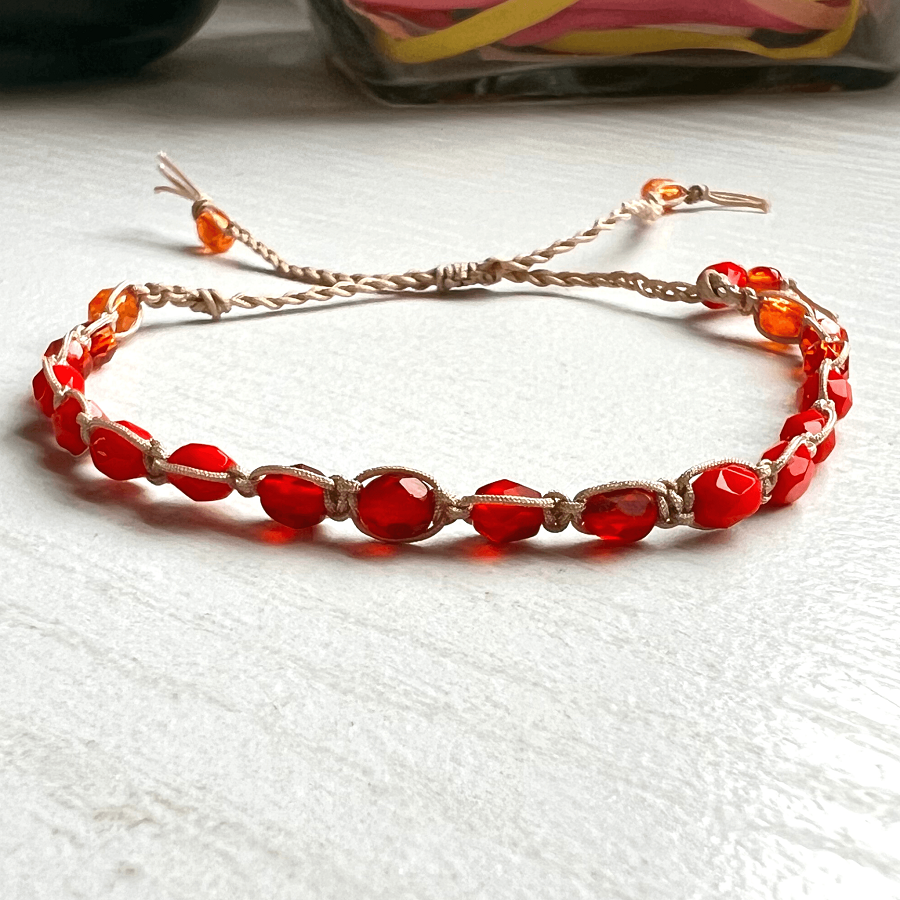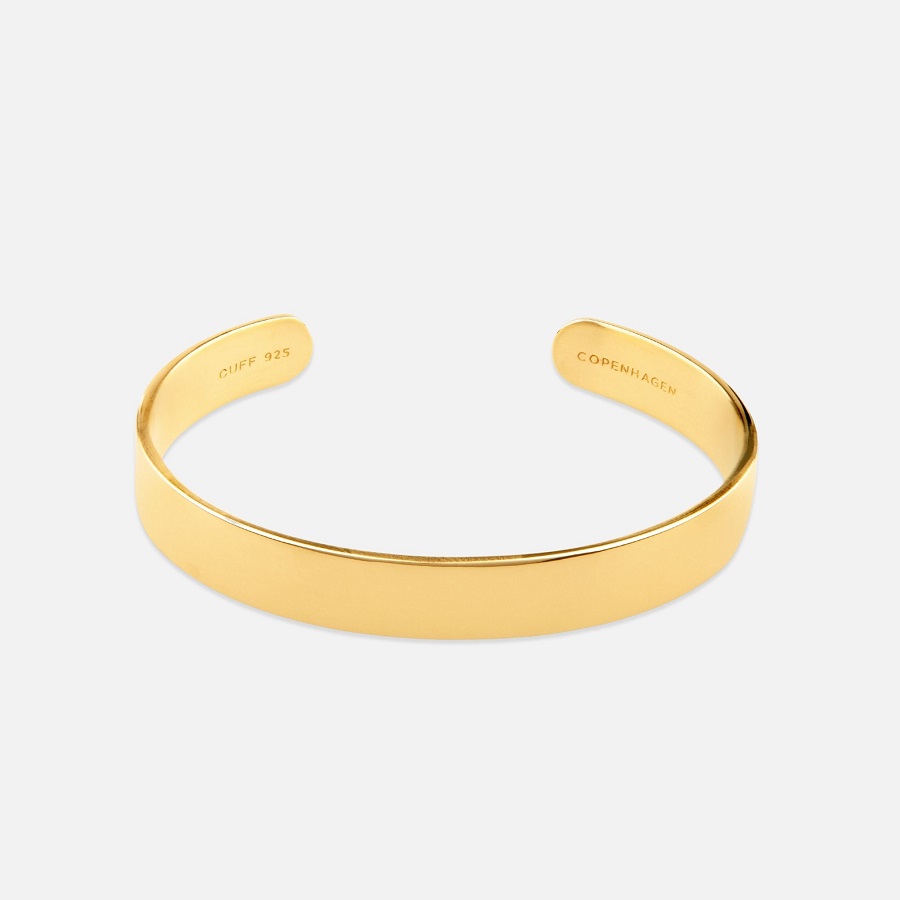 Introduction:
Introduction:
Lip piercing is a trendy and expressive form of body modification that has gained significant popularity in recent years. It involves puncturing the lip to insert jewelry, allowing individuals to personalize their appearance and make a statement. In this comprehensive guide, we will explore the world of lip piercing. From understanding the different types of lip piercings to aftercare and potential risks, we will cover all the essential aspects to help you make an informed decision about getting a lip piercing.
 Introduction to Lip Piercing
Introduction to Lip Piercing
Lip piercing is a form of body modification that involves puncturing the lip to accommodate jewelry.
A. Self-expression: Lip piercing allows individuals to showcase their unique style and individuality.
B. Popular Types: Common lip piercings include Monroe, Labret, Medusa, Snake Bites, and Angel Bites.
Choosing a Professional Piercer
Ensuring the safety and success of a lip piercing begins with selecting a qualified professional piercer.
A. Research: Research reputable piercers, read reviews, and ask for recommendations from trusted sources.
B. Sterile Environment: Choose a piercer who follows strict sterilization practices and uses sterile piercing tools.
Lip Piercing Procedure
Understanding the lip piercing procedure can alleviate any concerns or anxiety.
A. Consultation: Consult with your piercer to discuss placement, jewelry options, and address any concerns or questions you may have.
B. Cleaning and Marking: The lip area is cleaned and marked for precise piercing placement, followed by the insertion of a sterilized needle or piercing gun.
Aftercare and Healing Process
Proper aftercare is crucial for a successful lip piercing healing process.
A. Cleaning Routine: Clean the pierced area twice a day using a saline solution or saline wound wash, avoiding harsh products or touching the jewelry excessively.
B. Avoiding Irritation: Protect the piercing from irritants like spicy foods, alcohol, cigaret smoking, and oral contact during the initial healing period.
Jewelry Selection
Choosing the appropriate jewelry is essential for comfort and optimal healing.
A. Initial Jewelry: The piercer will insert a longer barbell or labret stud to accommodate swelling during the healing process.
B. Jewelry Materials: Opt for hypoallergenic, high-quality materials such as titanium or surgical stainless steel to minimize the risk of allergic reactions or irritation.
Downsizing and Changing Jewelry
After the initial healing period, downsizing jewelry and experimenting with new styles is possible.
A. Jewelry Change: Visit your piercer for a jewelry change to a shorter barbell or different style once the swelling has reduced.
B. Jewelry Options: Explore various jewelry options such as hoops, captive bead rings, or decorative studs to personalize your lip piercing.
 Potential Risks and Complications
Potential Risks and Complications
Understanding the potential risks and complications associated with lip piercing is crucial.
A. Infection: Failure to follow proper aftercare can lead to infection characterized by excessive swelling, redness, and discharge from the piercing site.
B. Gum and Tooth Damage: Improper jewelry placement or inadequate oral hygiene can cause gum recession, tooth damage, or enamel erosion.
 Long-Term Care and Maintenance
Long-Term Care and Maintenance
Proper long-term care and maintenance are essential for the health and longevity of your lip piercing.
A. Checking Jewelry: Regularly inspect the jewelry for tightness, wear, and tear, and consult your piercer if any issues arise.
B. Oral Hygiene: Maintain good oral hygiene by brushing your teeth carefully, using an antibacterial mouthwash, and avoiding alcohol-based products that can irritate the piercing.
Pairing a lip piercing with necklaces and bracelets:
When it comes to pairing a lip piercing with necklaces and bracelets, there are a few things to consider to achieve a stylish and balanced look. Here are some tips:
Necklace Length:
To avoid entanglement or potential discomfort, it’s generally best to choose shorter necklaces when you have a lip piercing. Choker-style necklaces or those that sit just above the piercing can create a harmonious look without interfering with the jewelry. Opting for shorter lengths ensures that the necklace and lip piercing can coexist without any risk of snagging.
Jewelry Style:
Consider the style and design of both your lip piercing jewelry and the necklace. If your lip piercing jewelry is simple and minimalistic, you have more flexibility in choosing necklaces. Delicate chains or pendant necklaces can complement a subtler lip jewelry style. However, if your lip piercing jewelry is more elaborate or decorative, you may want to opt for simpler necklaces that won’t compete for attention.
Metal Matching:
Consider coordinating the metal or material of your lip piercing jewelry with the necklace and bracelet. If your lip piercing jewelry is made of stainless steel, silver, or gold, you may want to choose necklaces and bracelets in a similar metal to create a cohesive look. Matching metals can bring everything together visually.
Balance:
Balance is key when pairing lip piercings with necklaces and bracelets. If you have a lip piercing on one side of your mouth, consider wearing a necklace on the opposite side to create balance. This ensures that both sides of your face have a visually appealing element while keeping the focus on the lip piercing and the necklace separately.
Wrist Accessories:
When it comes to wrist accessories like bracelets, you can choose pieces that complement the overall style and materials of your lip piercing jewelry and necklace. Consider factors such as size, texture, and color to ensure a cohesive look. You may opt for bracelets that match the metal of your lip piercing jewelry or choose complementary materials, such as leather or beads.
Remember, personal style and preference should guide your choices. Experiment with different combinations and find what works best for you. The goal is to create a harmonious and balanced look that enhances your overall style.
 Conclusion
Conclusion
Lip piercing is a popular form of body modification that allows individuals to express their style and personality. By understanding the different types of lip piercings, selecting a professional piercer, following proper aftercare, and choosing suitable jewelry, you can enjoy a successful and well-healed lip piercing. Remember to prioritize hygiene, be patient during the healing process, and consult a professional if you have any concerns or complications. Embrace the individuality and uniqueness that a lip piercing can bring to your appearance.



